EXPLORE THE DIVERSE AND BREATH TAKING TOURISTS SITES ACROSS WEST AFRICA
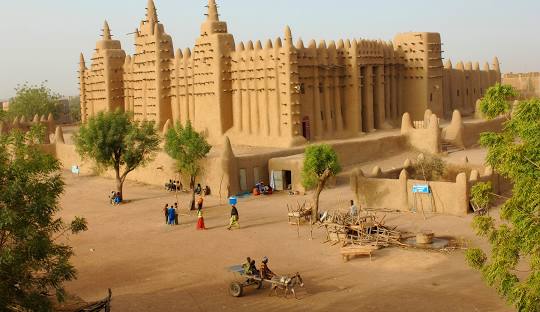
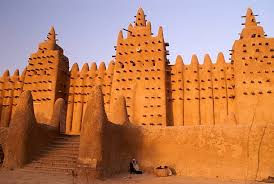
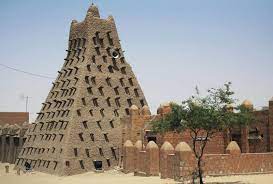
TIMBUKTU MALI:
Timbuktu, located in present-day Mali, West Africa, has a rich history as a center of trade, culture, and learning. Founded around 1100 CE as a seasonal camp by Tuareg nomads, it evolved into a permanent settlement and became a significant trading post on the trans-Saharan caravan route.
Golden Age of Timbuktu
In the 14th century, under the Mali Empire, Timbuktu flourished as a major center of Islamic culture and scholarship. The city attracted scholars from across the Islamic world, leading to the establishment of renowned institutions like the Sankoré Madrasa. This period saw the creation of extensive libraries and the production of numerous manuscripts, solidifying Timbuktu's reputation as a hub of knowledge.
Decline and Modern Challenges
The city's prominence declined in the 16th century following invasions by the Moroccan army in 1591. Subsequent periods of instability and external pressures led to a loss of its former glory. In recent years, Timbuktu has faced challenges, including threats to its cultural heritage and the well-being of its inhabitants. Notably, in 2012, the militant group Ansar Dine took control of the city, imposing strict regimes that particularly targeted women. A French-led force ousted the group in 2013, and in 2024, the International Criminal Court recognized the gender persecution crimes committed during that period.
Today, Timbuktu stands as a UNESCO World Heritage site, symbolizing the enduring legacy of its historical significance. Efforts continue to preserve its cultural heritage and support its community.
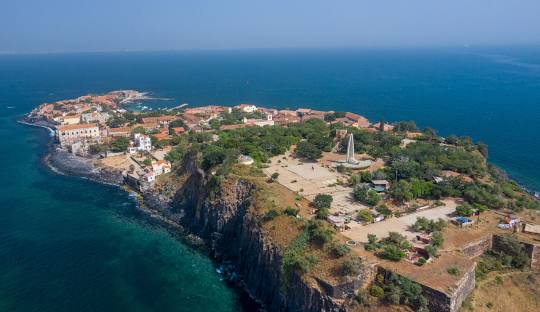
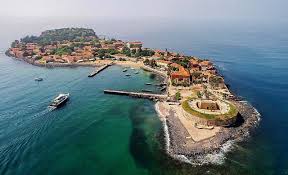
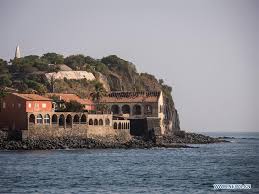
GOREE ISLAND SENEGAL:
Gorée Island, located just off the coast of Dakar, Senegal, is a site of profound historical significance, particularly concerning the transatlantic slave trade. Its history spans several centuries, marked by various European colonial powers and its role as a central hub in the forced migration of millions of Africans to the Americas.
Early History and European Colonization
Before European arrival, Gorée Island was known as "Beer" or "Ber" in Wolof. The Portuguese were the first Europeans to arrive in 1444, naming it "La Palma." They were soon followed by the Dutch, French, and British, each establishing forts and trading posts to control the lucrative trade routes. The island's strategic location made it a valuable asset for these colonial powers.
Role in the Slave Trade
Gorée Island became a central point in the transatlantic slave trade. The House of Slaves (Maison des Esclaves), built by the Dutch in the 1770s, stands as a poignant reminder of this dark chapter. This building served as a holding center where enslaved Africans were confined before being shipped to the Americas. The "Door of No Return" within the house marks the final exit point for many, symbolizing the separation from their homeland.
Post-Slavery Era and Modern Significance
After the abolition of the slave trade, Gorée Island continued to be under French control until Senegal gained independence in 1960. Today, the island is a UNESCO World Heritage Site, attracting visitors worldwide who come to reflect on its history and the resilience of those who suffered there. The House of Slaves remains a powerful symbol of the atrocities of the slave trade and a place of remembrance for the African diaspora.
Gorée Island's legacy serves as a solemn reminder of the past and a testament to the enduring spirit of those who endured unimaginable hardships.
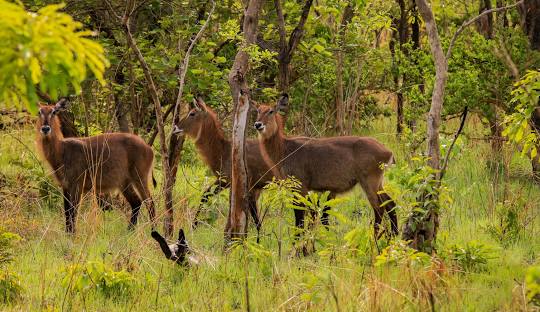
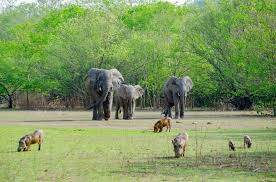
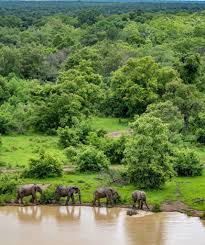
MOLE NATIONAL PARK:
Mole National Park, established in 1958 as a wildlife refuge, is Ghana's largest national park, covering approximately 4,577 square kilometers of Guinea savannah in the northern part of the country. In 1971, the park was officially designated as a national park, following the relocation of its human population.
The park's history is intertwined with the trans-Saharan slave trade. An ancient caravan route from Salaga to Wa and beyond to Mali passed through the heart of what is now Mole National Park, serving both as a trade route and a path for transporting slaves to coastal markets. The park's headquarters are situated near a location where two notorious slave raiders, Samore and Babatu, once attacked and destroyed a village.
Archaeological sites within and around the park include Ykpabongo, known for its Komaland excavations, Daboya with traditional burial mounds and a 16th or 17th-century mosque, and Nyange, the former capital of the Gonja State, featuring the remains of the Yagbongwura’s Palace and Court House.
Today, Mole National Park is a significant wildlife sanctuary, home to over 93 mammal species, including elephants, hippos, buffalo, and various antelope species. It also serves as a vital area for scientific research, offering insights into the impact of human activities on wildlife and ecosystems.
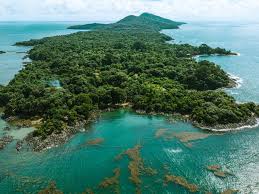
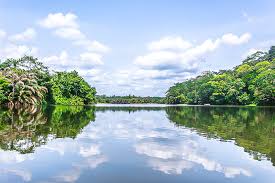
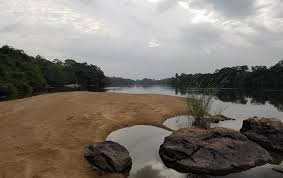
TIWAI ISLAND SIERRA LEONE:
Tiwai Island, situated on the Moa River in southeastern Sierra Leone, is a significant wildlife sanctuary with a rich history. In the late 19th century, Queen Nyarroh, the Barri Chief, divided the island between the Barri and Koya peoples, leading to shared ownership.
In the late 1970s, Tiwai Island was recognized as a special biosphere for wildlife conservation. Researchers and naturalists visited the island during the 1970s and 1980s, studying its flora and fauna. In 1987, following requests from researchers and local communities, Tiwai Island was officially designated as a game reserve, marking the beginning of its formal conservation efforts.
During the Sierra Leone Civil War in the 1990s, the island faced challenges as financial support for conservation efforts ceased, and access became restricted. After the war, the Environmental Foundation for Africa, a local NGO, revitalized the island's tourism and research facilities, ensuring the continuation of conservation and community engagement initiatives.
Today, Tiwai Island is celebrated for its biodiversity, including pygmy hippopotamuses, over 135 bird species, and a high concentration of primates. It serves as a model for community-led ecotourism, with revenues supporting local development and conservation programs.